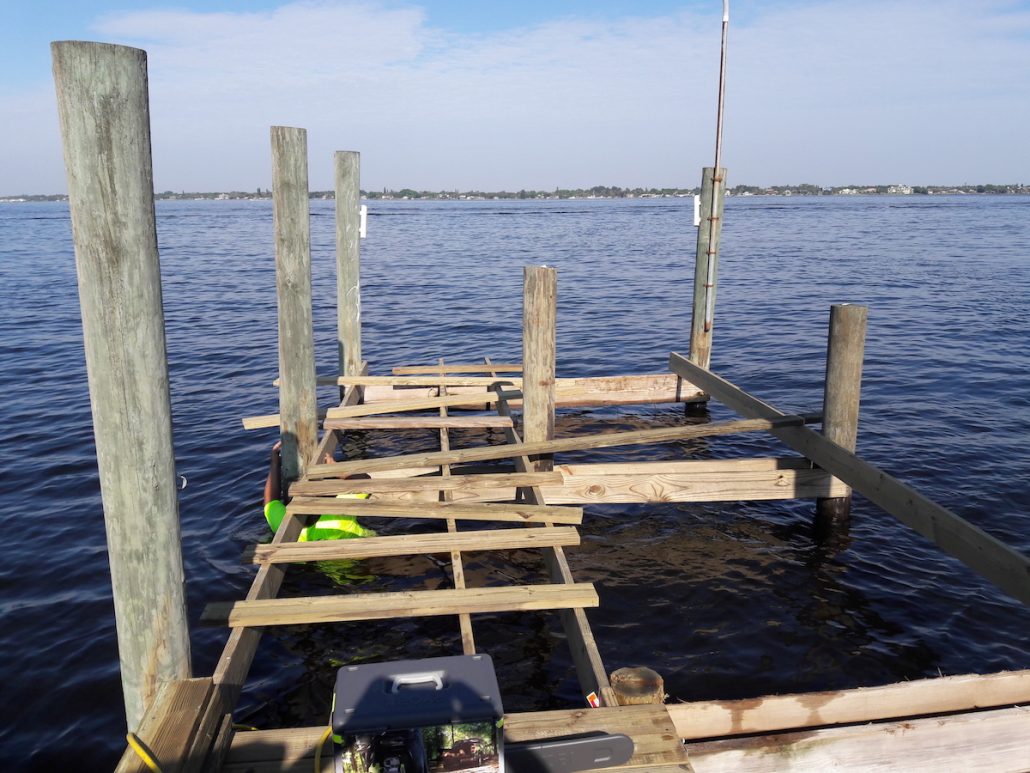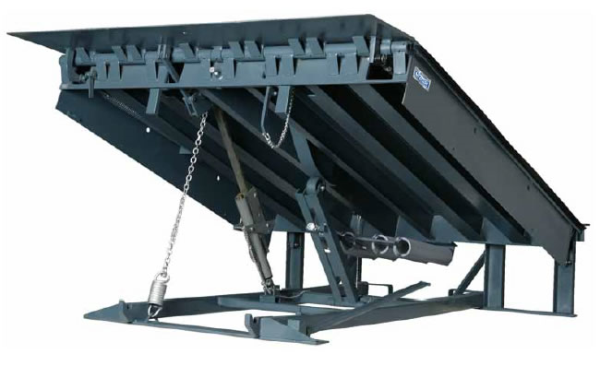Recognizing the Costs Associated With Dock Repairs
Effective Dock Repair Work Techniques: Making Sure Structural Stability
Making sure the architectural stability of anchors with reliable repair techniques is critical for the long life and security of marine facilities. Subsequently, picking the best fixing materials, such as composite materials and corrosion-resistant alloys, is critical for toughness.
Assessing Dock Damages
Assessing dock damage is a critical initial step in ensuring the structural stability and safety and security of any kind of docking facility. This preliminary analysis involves an extensive assessment to recognize both visible and covert problems. Trick facets to examine include the dock's foundation, pilings, outdoor decking, and equipment. Each part has to be scrutinized for signs of wear, rot, rust, or various other kinds of destruction that can compromise the structural integrity.
Architectural designers or certified examiners commonly execute these analyses making use of specialized strategies and devices. For circumstances, undersea evaluations might employ finder tools or from another location ran cars (ROVs) to discover submerged damage. Above water, visual examinations are enhanced by utilizing wetness meters and other analysis tools to reveal underlying issues not instantly noticeable to the nude eye.

Choosing Repair Work Products
Picking the ideal repair materials is a critical action in the dock repair procedure, one that straight affects the longevity and performance of the repaired structure. Material selection should be driven by aspects such as ecological problems, load-bearing requirements, and compatibility with existing dock components. For example, timber is a standard selection for anchors as a result of its natural durability and visual allure. However, selecting the ideal kind of timber, such as pressure-treated lumber or normally rot-resistant types like cedar or teak, is vital to stand up to water atmospheres.
In addition to timber, composite products are progressively popular as a result of their durability and reduced maintenance needs. Composites, generally made from a blend of plastic and timber fibers, use outstanding resistance to rot, insects, and UV damages. For metal docks, picking corrosion-resistant alloys such as galvanized steel or marine-grade light weight aluminum is vital to stop corrosion and make sure structural stability in saline water conditions.
Epoxy materials and marine-grade sealants are vital for repairing fractures and securing joints, providing a water resistant obstacle and enhancing the dock's general toughness. By carefully choosing high-quality products, dock fixings can achieve durable outcomes, thus guarding against future degradation and making sure secure, reputable usage.
Architectural Reinforcement Techniques
Effective structural support strategies are critical in ensuring the security and durability of dock repair services. This technique is particularly effective for anchors subjected to heavy lots or harsh ecological conditions.
One more vital technique is the application of fiber-reinforced polymers (FRP) These products supply high strength-to-weight home proportions and outstanding resistance to corrosion, making them ideal for enhancing wood or concrete anchors. FRP can be used in sheets or strips and bonded with epoxy materials to improve structural honesty.
Supporting and anchoring systems additionally play a crucial duty in architectural reinforcement. Cross-bracing, making use of metal or wooden light beams, can combat side pressures, decreasing guiding and motion. Anchoring systems, such as helical piers or driven heaps, offer a stable structure by transferring loads to much deeper, extra secure dirt layers.
Lastly, the assimilation of load-distribution plates can assist disperse weight a lot more evenly throughout the dock's surface area, reducing localized stress and anxiety factors. These strategies collectively make certain that docks stay robust and safe, efficient in standing up to the roughness of their functional environment.
Advanced Fixing Techniques

Another advanced technique involves underwater welding, which permits repair services to be carried out without the requirement to dewater the location. This approach is specifically useful for addressing structural issues in submerged dock components, guaranteeing very little disruption to operations. Enhanced welding strategies, paired with robot systems, supply precision and dependability, thus extending the lifespan of the dock.
Additionally, cathodic protection systems are implemented to stop deterioration in metal dock frameworks. By utilizing sacrificial anodes or amazed current systems, these techniques properly minimize the electrochemical procedures that result in material wear and tear.
Lastly, progressed tracking innovations, such as structural health surveillance (SHM) systems, supply real-time data on the condition of dock structures. These systems make it possible for aggressive maintenance and timely treatments, eventually making sure the long-term architectural honesty of the dock.
Maintenance and Prevention
Upkeep and avoidance are fundamental concepts that underpin the long life and safety and security of dock structures. Normal evaluations are paramount, permitting for early discovery of wear and tear, prospective weak points, and environmental influences. A proactive strategy, involving regular look for rust, rot, and architectural shifts, alleviates costly repair services and prolongs the dock's operational life.
Safety nets must include applying safety coverings to steel components to defend against corrosion see post and using treated timber to resist decay. In addition, ensuring appropriate drainage and ventilation can protect against water accumulation, which is an usual source of structural deterioration. Including quality materials and sticking to manufacturer guidelines throughout construction and repair service stages also play vital roles in improving sturdiness.

Training employees in dock upkeep ideal methods makes sure constant application of safety nets. Leveraging technological breakthroughs, such as drones for examinations and sensing units for real-time tracking, can even more enhance upkeep efforts. By prioritizing maintenance and avoidance, dock proprietors can make sure architectural stability, operational safety and security, and cost-effective monitoring over the dock's life-span.
Final Thought
In verdict, maintaining the architectural integrity of marine centers demands extensive dock repair service techniques. Advanced repair work methods, paired with regular maintenance methods, make certain the dock remains risk-free and functional under diverse environmental problems.
Making certain the structural stability of anchors via effective repair service strategies is paramount for the durability and security of aquatic facilities.Selecting the suitable repair service products is a pivotal step in the dock remediation process, one that directly influences the longevity and performance of the repaired structure.Efficient architectural support methods are essential in making certain the security and long life of dock fixings. By prioritizing upkeep and avoidance, dock proprietors can make certain architectural honesty, functional safety and security, and cost-effective management over the dock's life expectancy.
In final thought, preserving the architectural stability of aquatic centers necessitates comprehensive dock repair work methods.